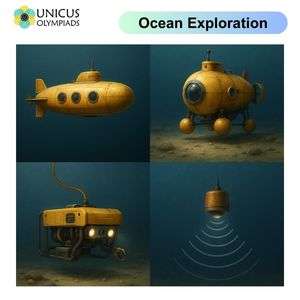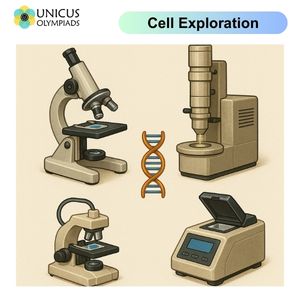

Over the centuries, numerous inventions have enabled humanity to explore the vastness of space, the depths of the oceans, and the microscopic world of cells. These inventions have expanded our understanding of the universe, our planet, and the building blocks of life. Below are some of the most groundbreaking inventions and their inventors that have contributed to these scientific explorations.

The telescope revolutionized our ability to observe distant celestial bodies and laid the foundation for modern astronomy.
Rockets have been essential for launching spacecraft beyond Earth's atmosphere and enabling space exploration.
The space suit is designed to protect astronauts from the harsh conditions of outer space, including extreme temperatures, radiation, and the vacuum.
The Hubble Space Telescope has provided stunning images of deep space, greatly expanding our knowledge of the universe.

The invention of the submarine opened up the ability to explore the deep oceans and conduct military, scientific, and industrial activities underwater.
The bathyscaphe is a deep-sea submersible designed for extreme underwater exploration, including the exploration of the Mariana Trench, the deepest part of the world's oceans.
ROVs are unmanned submersibles used for deep-sea exploration and underwater work, such as surveying the ocean floor, recovering objects, or conducting research on marine life.
SONAR technology uses sound waves to detect objects under the water's surface, including the mapping of the ocean floor and the detection of submarines or underwater geological formations.

The microscope is perhaps the most important invention for the study of cells and microorganisms, enabling scientists to observe structures that are invisible to the naked eye.
The electron microscope uses a beam of electrons rather than light to produce high-resolution images of biological specimens, enabling the study of cell structures in much greater detail than traditional microscopes.
Polymerase Chain Reaction (PCR) is a technique used to amplify small segments of DNA, enabling scientists to study genetic material in great detail.